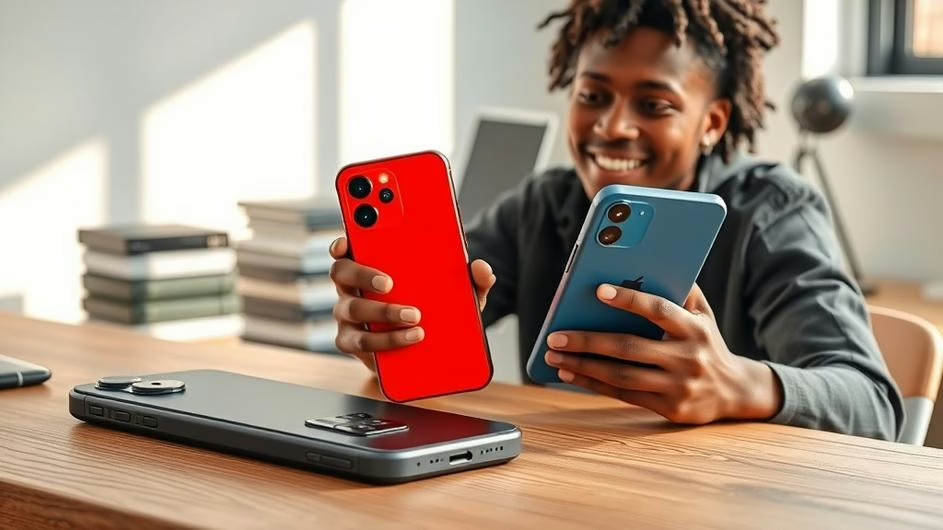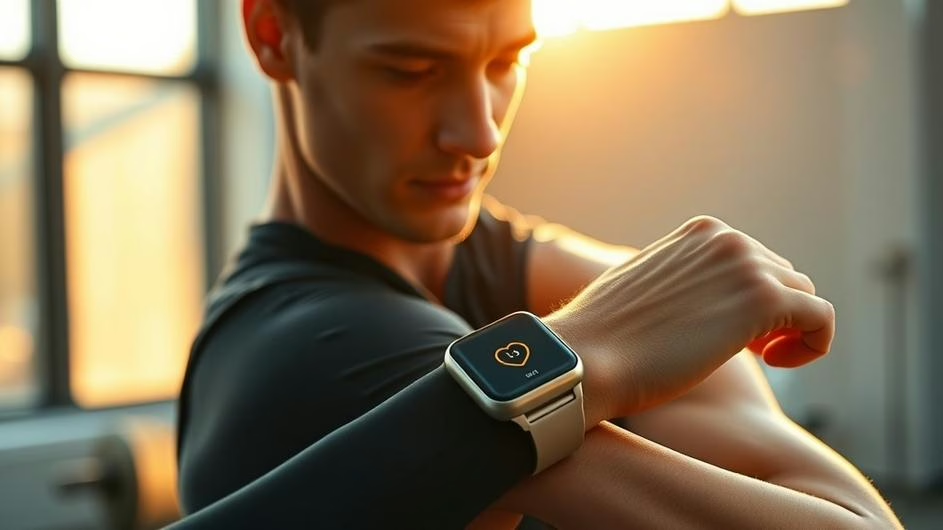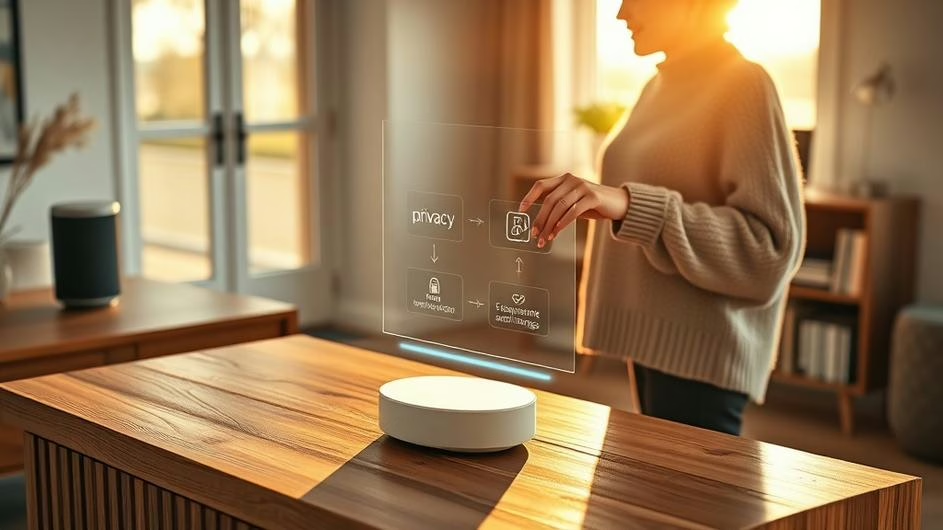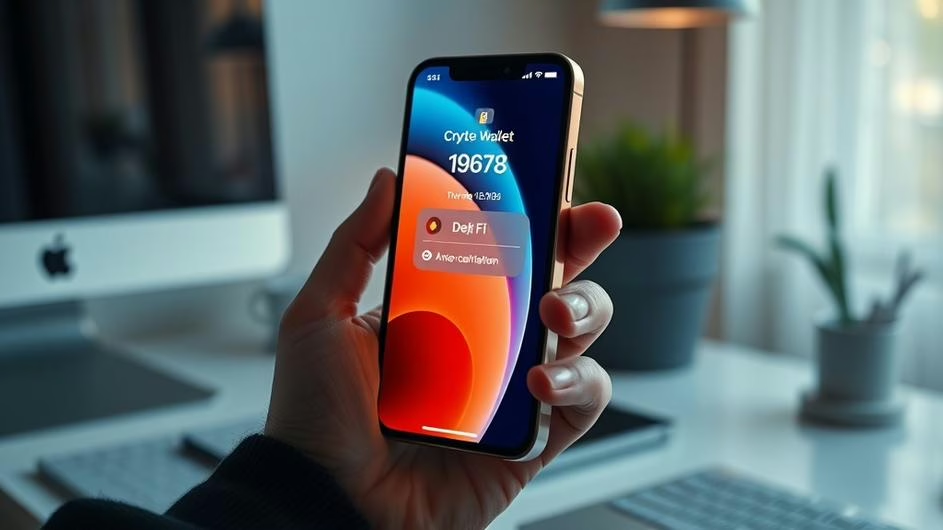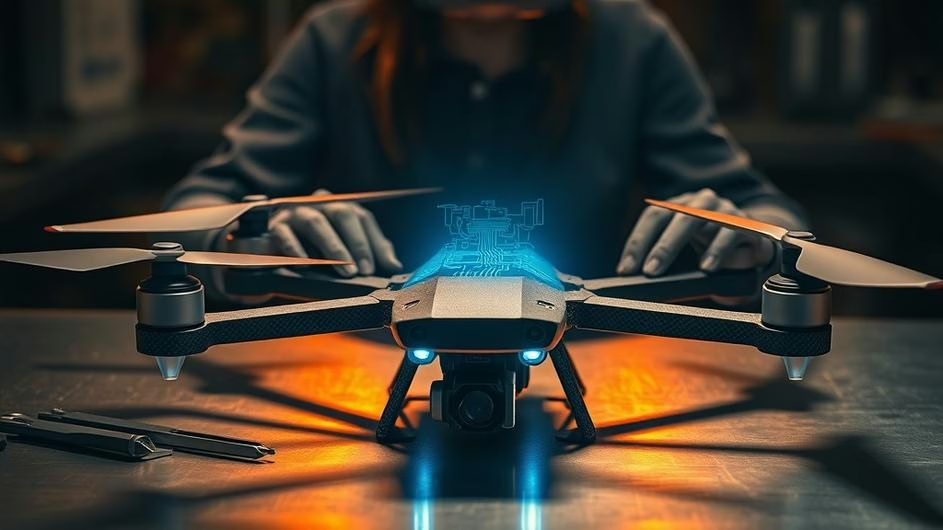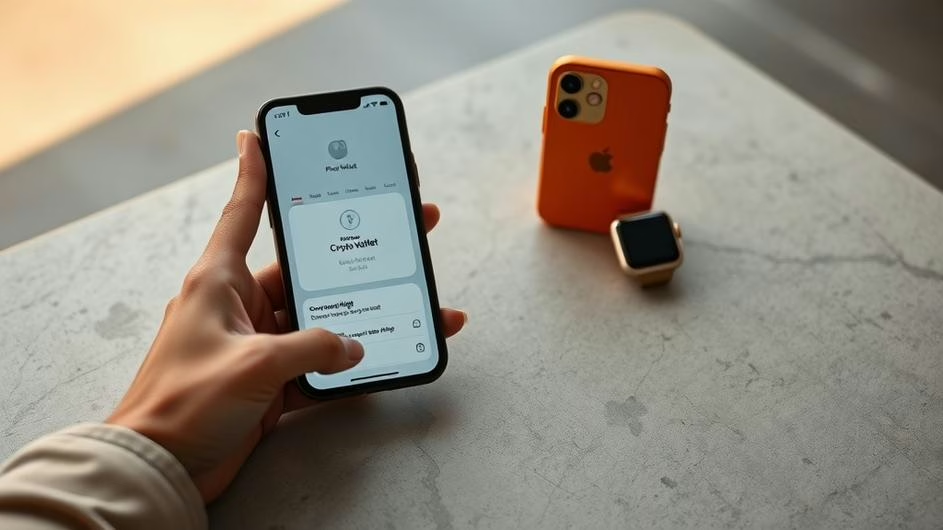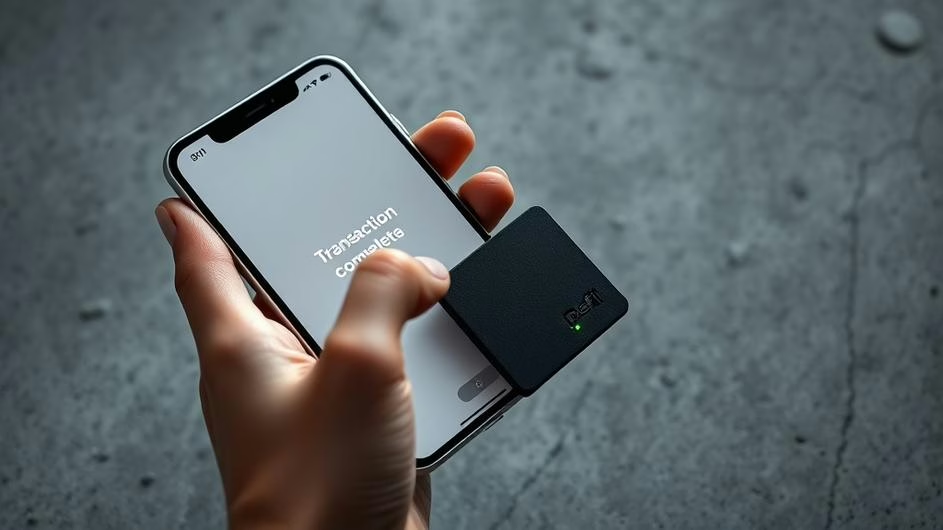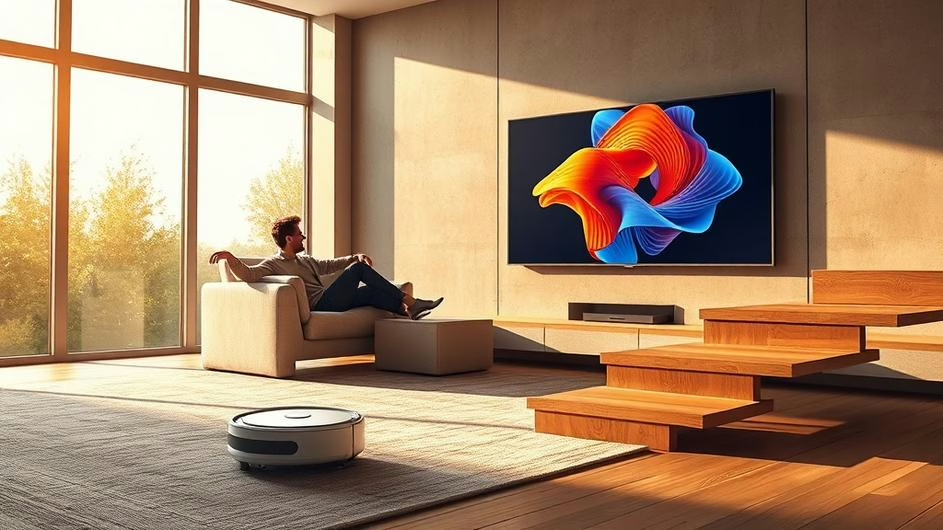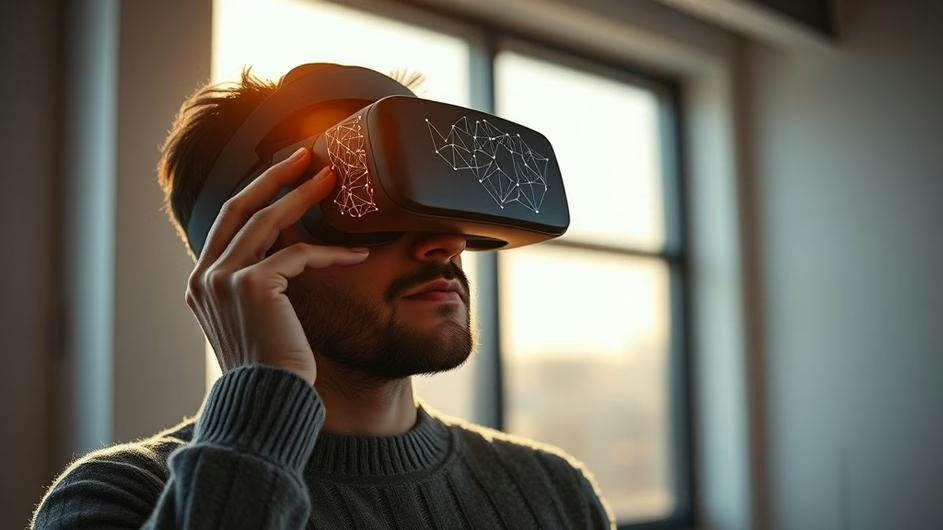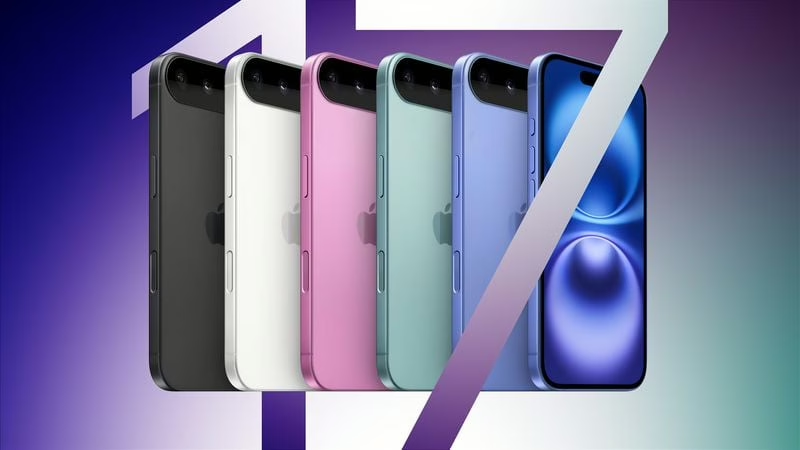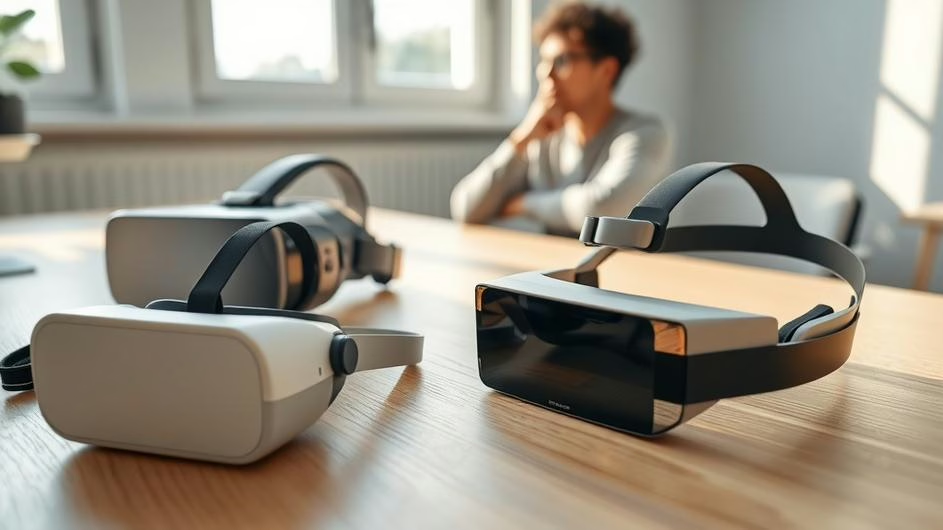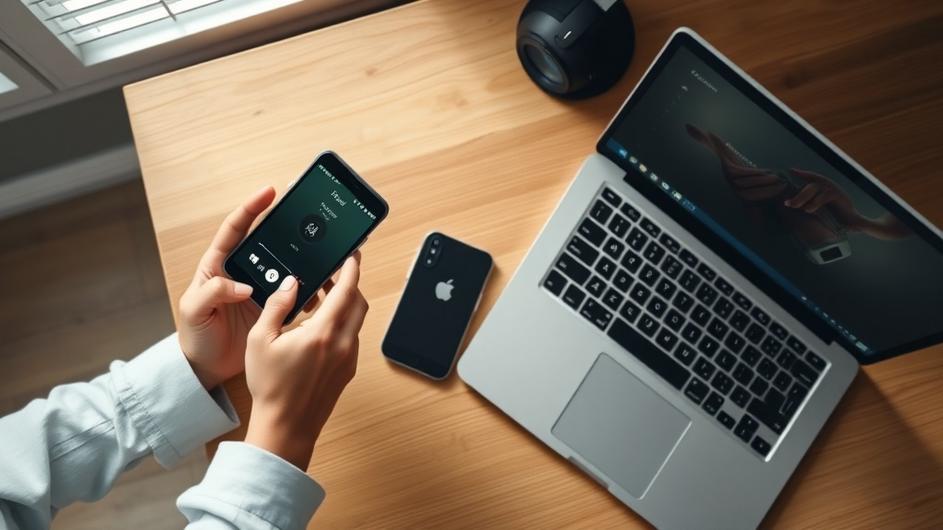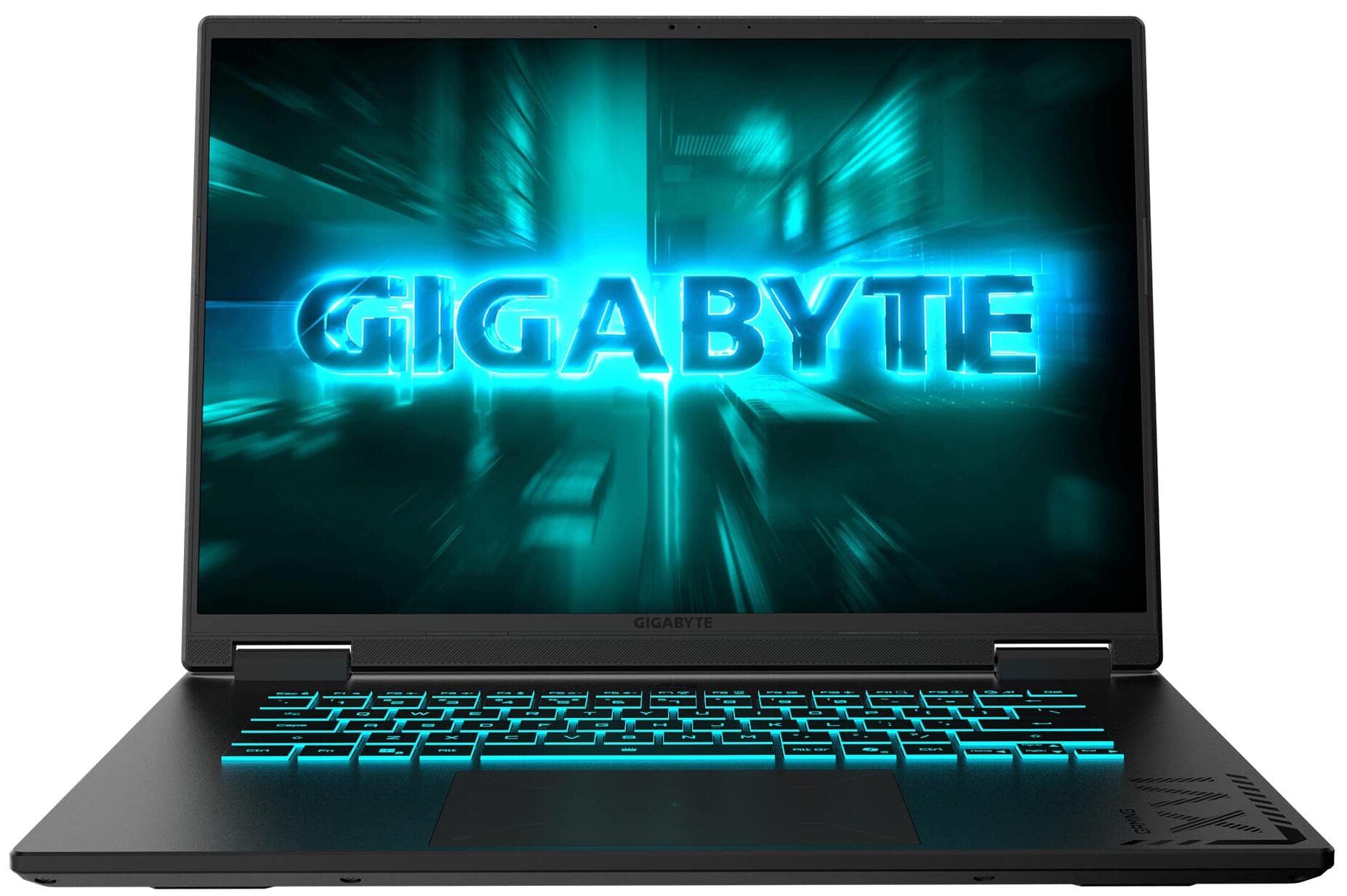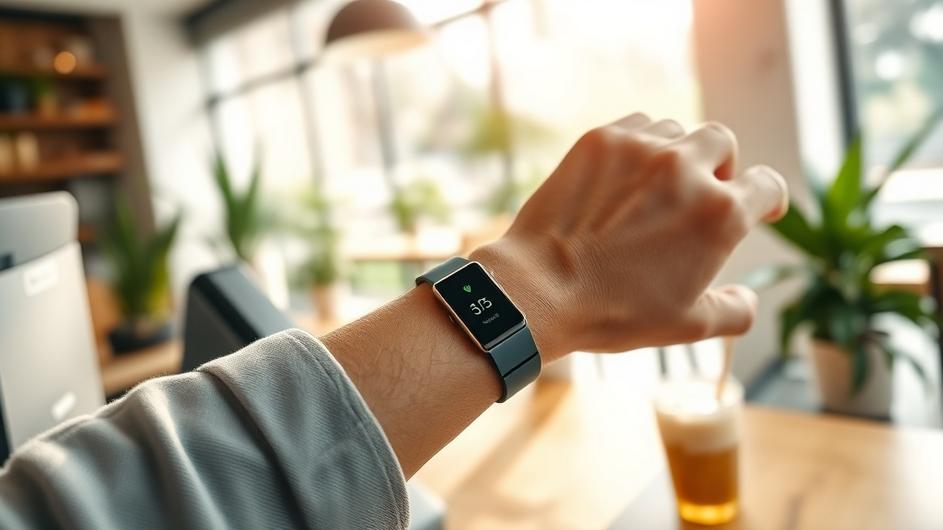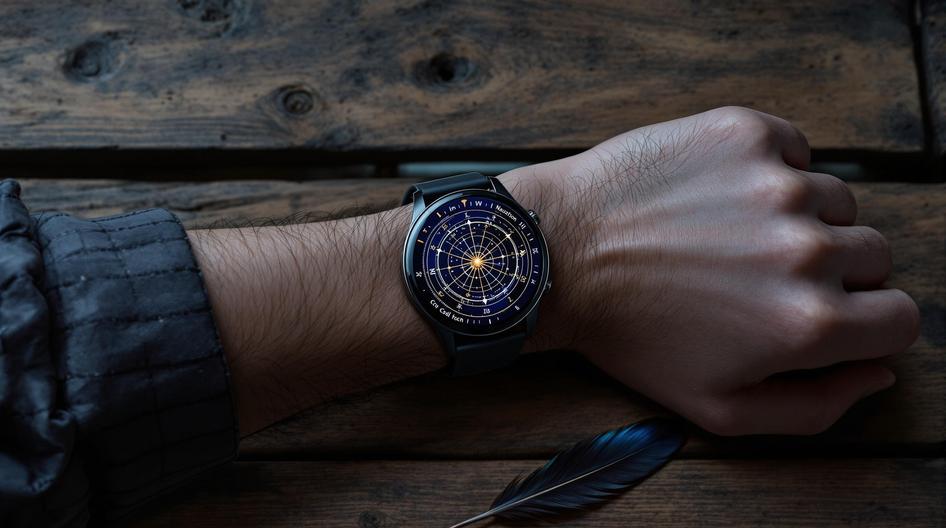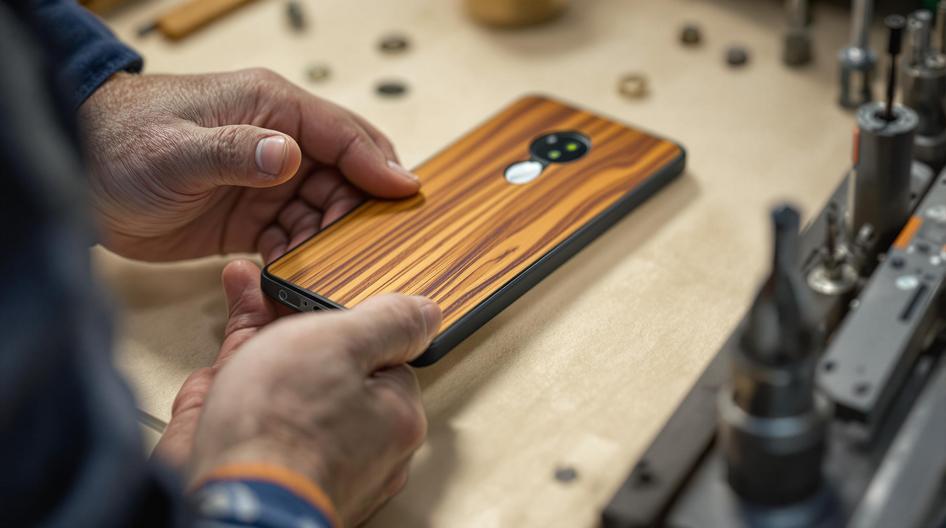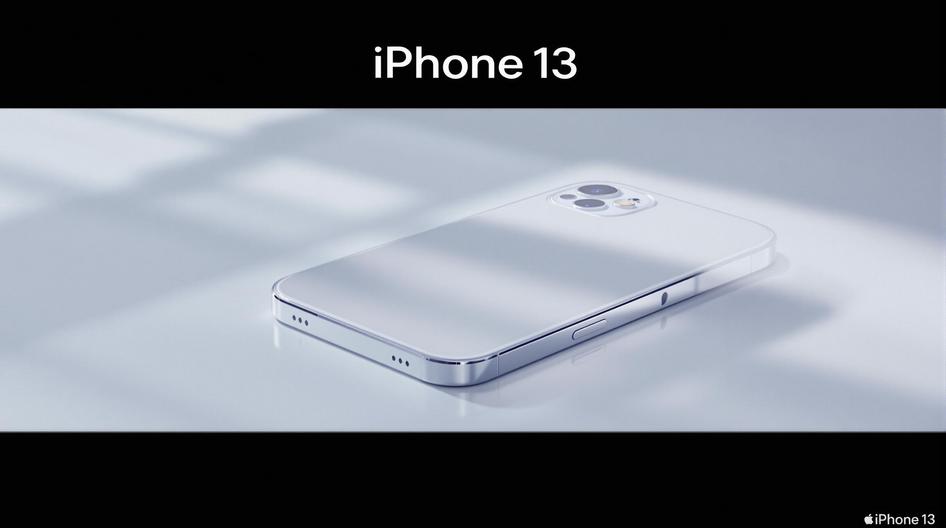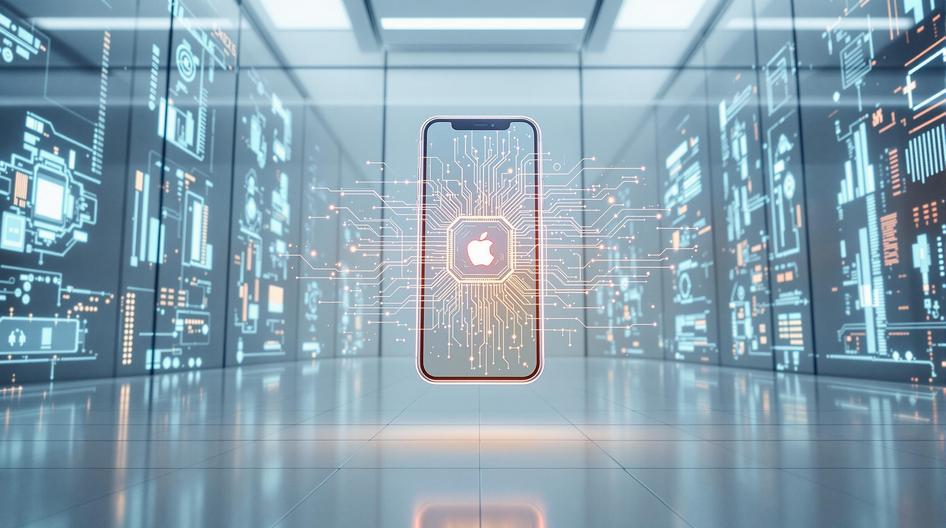
Smartphone Wars Heat Up While Smart Glasses Plot to Replace Your Phone
The smartphone world feels like a high-stakes poker game right now. Everyone’s going all-in with premium designs, AI-powered features, and ecosystem integrations that would make your head spin. But here’s the twist: while brands fight over who makes the best phone, companies like Meta are quietly working on technology that could make smartphones obsolete altogether.
Sounds crazy? Let’s dig into what’s really happening in the tech world right now.
The Flagship Phone Battle Gets Brutal
Walk into any tech store today and you’ll see the results of this intense competition. Major smartphone brands aren’t just competing on specs anymore. They’re building entire digital ecosystems.
Oppo continues to nail the premium aesthetic game with displays that pop and charging speeds that’ll spoil you for anything else. Meanwhile, Xiaomi keeps pulling this fascinating balancing act, cramming flagship features into phones that won’t break the bank. It’s like getting a sports car engine in a sedan body, and honestly, it’s working.
Google’s Pixel lineup tells a different story. Those AI-driven tools built into their custom Tensor chips aren’t just marketing fluff. They’re actually useful, especially if you’re someone who needs serious computational photography or real-time language translation.
Xiaomi’s Numbers Game Shakeup
Here’s where things get interesting. Xiaomi just skipped an entire generation and jumped straight to the Xiaomi 17 series. Why? They want to match Apple’s iPhone 17 naming scheme.
This isn’t just about vanity numbering. Xiaomi’s calling this their “most significant leap forward,” and they’re backing it up with Qualcomm’s latest Snapdragon 8 Elite Gen 5 processor. The smart play here is maintaining their price advantage while delivering flagship performance. For crypto wallet users and developers building decentralized apps, this kind of processing power at accessible prices could be a game-changer.
Apple’s Strategic Chess Moves
While Android manufacturers duke it out with spec sheets and price wars, Apple’s playing a completely different game. Apple’s strategic approach resembles chess while others play checkers.
The iPhone 17’s biggest change isn’t flashy. Features that used to be locked behind the “Pro” paywall are now trickling down to the base model. It’s democratization through design, and the pre-order numbers suggest people are buying into Apple’s long-term value proposition rather than chasing the latest and greatest specs.
Xiaomi clearly noticed this strategy. They’ve accelerated their flagship release schedule to compete directly with Apple’s timing. When brands start reshuffling their entire product calendars around a competitor, you know the stakes are high.

Meta’s Glasses Could Change Everything
But what if we’re all focused on the wrong battlefield? While smartphone makers fight over incremental improvements, Mark Zuckerberg has begun his quest to kill the smartphone with smart glasses.
Meta’s latest Ray-Ban smart glasses, the Ray-Ban Display, aren’t just another wearable gimmick. They’re using electromyography (sEMG) to translate tiny finger movements into text input. Imagine writing messages by “drawing” letters in the air with your fingers. No phone screen required.
This technology could fundamentally change how we think about mobile computing. For crypto enthusiasts, imagine managing your digital wallets through gesture controls with biometric authentication built right into the glasses. For developers working on Web3 applications, this opens up entirely new interface possibilities.
What This Means for Crypto and Web3
The convergence of powerful mobile processors, advanced AI capabilities, and innovative form factors isn’t happening in a vacuum. These developments directly impact how people interact with blockchain technology and decentralized applications.
Smarter devices mean better security for crypto transactions. AI-powered hardware can provide more sophisticated threat detection and biometric authentication. When you combine this with the accessibility that comes from having powerful devices at multiple price points, you’re looking at broader adoption of crypto and blockchain services globally.
The real revolution might come from wearable computing replacing smartphones entirely. Think about it: managing digital assets, verifying your identity, or collaborating in virtual workspaces could become as simple as putting on a pair of glasses. The friction between users and decentralized technology would practically disappear.
The Bigger Picture
We’re at an inflection point where traditional mobile computing might be reaching its limits while entirely new paradigms emerge. The smartphone wars continue to push the boundaries of what’s possible in a handheld device, but the most interesting developments might be happening in labs where engineers are reimagining how we interact with technology altogether.
Whether it’s Xiaomi’s strategic positioning against Apple, Google’s AI integration, or Meta’s vision of wearable computing, one thing’s clear: the next few years will determine not just which phone you buy, but whether you’ll need a phone at all.
For anyone invested in crypto, developing on blockchain platforms, or simply trying to stay ahead of tech trends, keeping an eye on these developments isn’t just interesting. It’s essential. The device you use to manage your digital life tomorrow might look nothing like the smartphone in your pocket today.
Sources
- Ranking 12 Major Smartphone Brands From Worst To Best, BGR, 14 Sep 2025
- Xiaomi Skips A Number For Its Latest Smartphones To Better Align With Apple’s iPhone 17, Wccftech, 15 Sep 2025
- Mark Zuckerberg has begun his quest to kill the smartphone, TechCrunch, 18 Sep 2025
- Android phone makers are playing checkers while Apple is playing chess, Android Central, 19 Sep 2025
- Xiaomi Hastens Flagship Smartphone Release to Take On iPhone 17, Bloomberg, 15 Sep 2025


